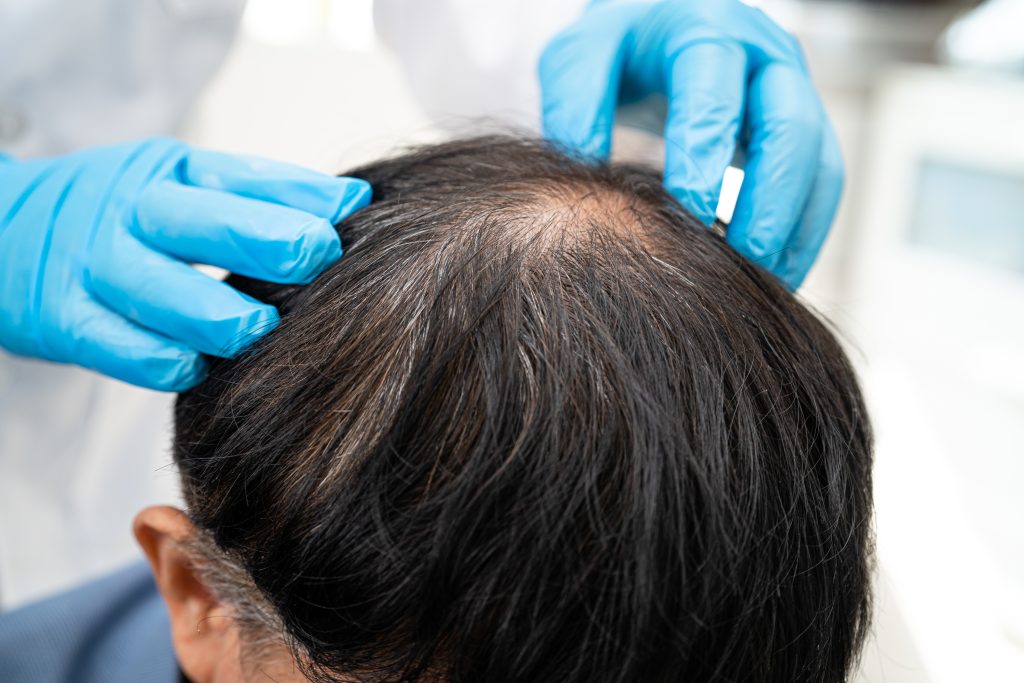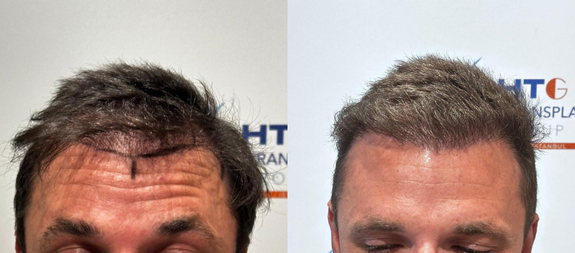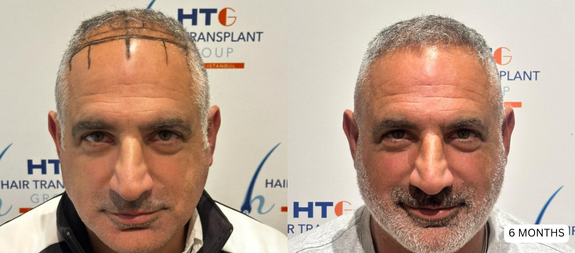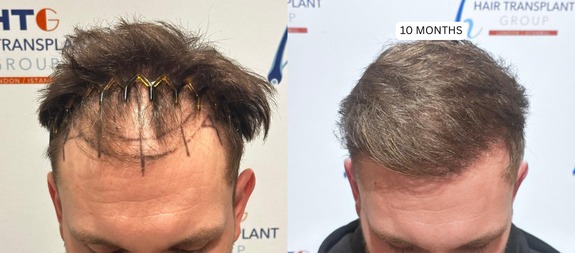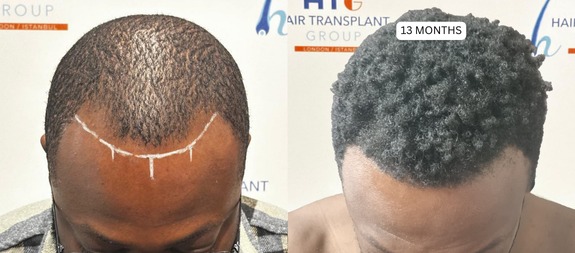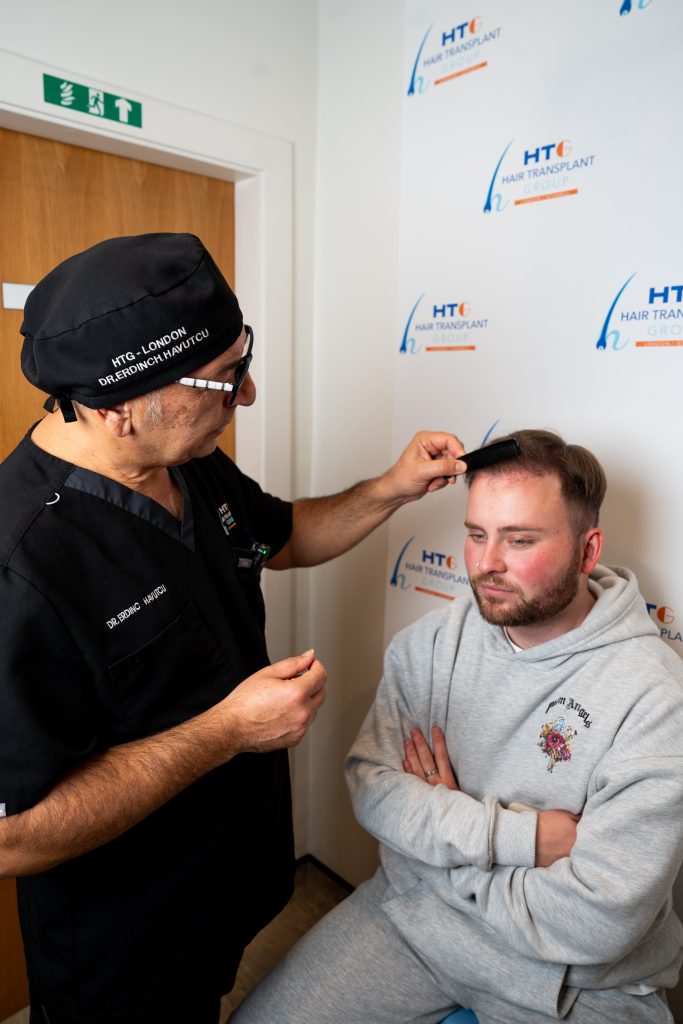Male Pattern Baldness
A combination of genetic and hormonal factors causes male pattern baldness. Androgens, such as testosterone and dihydrotestosterone (DHT), can affect hair follicles and cause them to shrink, leading to shorter and finer hair. Although the follicle can stop producing hair over time, resulting in baldness, most men in this country have significantly thinning hair by age 50. You’re not alone.
The hair at the back and sides of the head is usually resistant to male pattern baldness because these hair follicles are not as sensitive to androgens as those on the top and front of the scalp. This area is also known as the donor site, and hair transplant surgery involves removing hair follicles from this area and transplanting them to the balding areas of the scalp.
The hair transplanted from the donor site will continue to grow in the new location, just as it did in the original place. Hair transplant surgery can be an effective way to restore hair growth in balding areas of the scalp. Still, having realistic expectations about the results and choosing a qualified and experienced surgeon to perform the procedure is essential.
It’s also worth noting that hair transplant surgery is only suitable for some and that other treatment options, such as medications or hairpieces, may be more appropriate in some cases. It’s always best to consult with a healthcare provider or hair specialist to determine the best course of action for your individual needs and circumstances.
Male baldness typically follows a specific pattern of hair loss for most men, often referred to as the Norwood-Hamilton Scale or the Male Pattern Baldness Scale.
The pattern usually begins with hair loss at the hairline, which can gradually recede to form an “M” shape. Next, hair loss may occur at the crown or top of the scalp, which can expand progressively to create a bald spot. Over time, these areas of hair loss may continue to enlarge, eventually leaving a horseshoe-shaped ring of hair around the sides and back of the head.
It’s important to note that the pattern of hair loss can vary from person to person, and some men may experience hair loss in different areas or in a separate order. Additionally, as mentioned earlier, female pattern hair loss follows a different pattern. It is usually characterised by gradually thinning hair over the entire scalp rather than a distinct way of hair loss.
